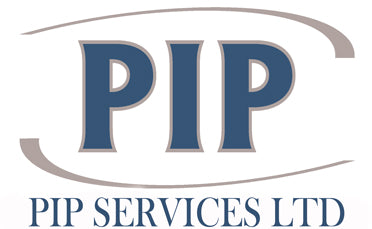Preventative measures are strategies a business can implement to minimise workplace risks, identify hazards and prevent incidents from happening. You should be proactive in addressing potential dangers to ensure a safer environment, protect employees, and keep operations moving efficiently.
Implementing Preventative Measures in the Workplace
To take a preventative approach to health and safety in the workplace, businesses should use various initiatives like:
- Regular maintenance.
- Safety barriers.
- Non-slip flooring.
- Proper Lighting.
- Employee Training.
- Emergency Preparedness.
- Risk Assessments.
Let’s explore these things in more detail.
Regular Maintenance
This is a crucial practice for identifying and addressing potential hazards before they cause accidents to happen. Here are the key components:
- Equipment Inspections: With routine checks and servicing of machinery and equipment, you can ensure it is functioning as it should be. You should engage in.
- Scheduled Maintenance: Performing routine checks and repairs to a predefined schedule.
- Predictive Maintenance: Using data and analytics to anticipate equipment failures and intervene.
- Building Inspections: The structure of buildings should be regularly assessed to identify things like leaks, cracks and faulty wiring.
- Vehicle Maintenance: If you use vehicles in your operations, regular servicing and safety checks prevent accidents and ensure normal operation.
Safety Barriers
These are physical or structural installations that exist to prevent accidents and shield personnel from potential dangers. There are many types of safety barriers, including:
- Guardrails and Handrails: Install these along the edges of elevated surfaces, stairways and walkways to prevent falls.
- Machine Guards: These are covers or barriers placed around machinery as a barrier against contact with moving parts.
- Protective Fencing: Installed around perimeters to prevent access to hazardous areas like construction sites or electrical terminals.
Non-Slip Flooring
This is a crucial preventative measure to minimise slip and fall incidents. Key options for this include:
- Anti-slip Mats and Runners: Place these in high-traffic areas where spills may occur to prevent slipping with additional traction underfoot.
- Textured Flooring: These floor types incorporate built-in texture or patterns that enhance grip, particularly in areas where wet conditions are common.
- Regular Cleaning: Keeping floors free of debris and spills will minimise slipping hazards. Always use wet floor signs where required.
Additional Preventative Measures
Beyond the primary measures listed above, there are additional strategies you can implement to further enhance safety and prevent incidents:
- Employee Training: It is recommended to educate employees on relevant safety protocols for them to do their jobs safely.
- Emergency Preparedness: There should be an up-to-date emergency response plan in place, with regular drills, to ensure employees know what to do in an emergency.
- Risk Assessments: Conduct risk assessments regularly to identify potential hazards and the optimal controls to mitigate these risks.
- Proper Lighting: Adequate lighting is essential in work areas, stairways and pathways to prevent accidents relating to poor visibility.
Implementing and Evaluating
The effective implementation of preventative measures requires planning and continuous evaluation:
- Develop Policies: Establish clear health and safety policies and procedures for maintenance, safety barriers, flooring and more.
- Monitoring: It is your responsibility to monitor the effectiveness of the preventative measures you implement and adjust if necessary.
- Feedback: Encourage your employees to offer feedback on preventative measures so that you can identify areas for improvement.
Why choose PIP Services for your health and safety consultancy?
We’re dedicated to providing the highest level of advice on all Health and Safety related matters and will assist companies in meeting their obligations. We offer a wide range of Health & Safety Services for a variety of clients. We represent many companies and deal with all of their Health & Safety matters.
We’re also an accredited CITB, NEBOSH, IOSH, IWFM & CITB training provider, as well as a ProQual-approved NVQ centre.
We also offer a business partnership programme offering a NVQ Level 6 Diploma in Occupational Health & Safety & NEBOSH General Certificate to help you become a health and safety consultant.
We are rated 4.9/5 on Trustpilot, and you can read our reviews here. If you would like to speak to us about your training needs, please get in touch using the button below.

